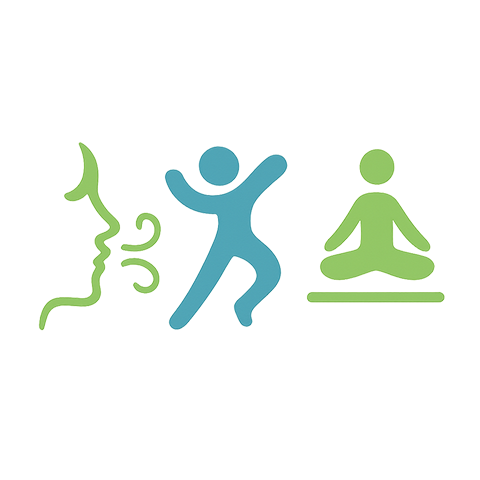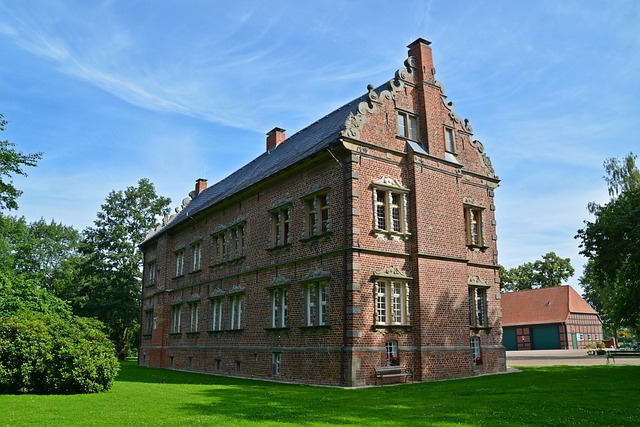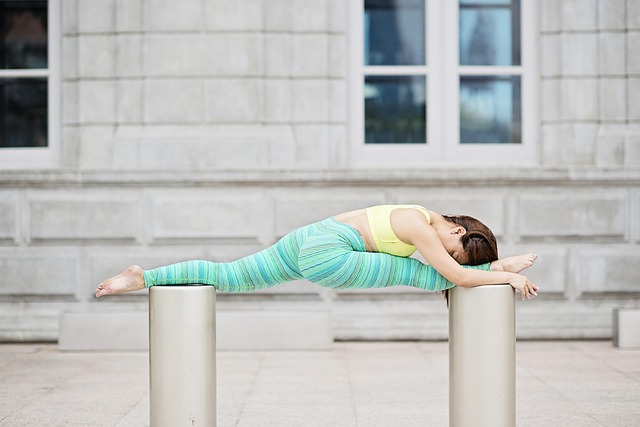When it comes to fitness and health, we often focus on routines, diets, and the latest exercise fads. However, there’s an often-overlooked aspect that holds the key to unlocking our full potential: hereditary movements. These movements, passed down through generations, are not just remnants of our ancestral past; they are fundamental to enhancing our mobility and overall well-being.
Hereditary movements are the body’s natural ways of moving, which have evolved over centuries and are integral to our physical makeup. They include activities such as squatting, lunging, and reaching—movements that our ancestors performed daily. By integrating these hereditary movements into our mobility training, we can reclaim our natural range of motion, build functional strength, and improve overall health.
Mobility training focuses on the ability to move freely and easily, emphasizing the joints and muscles that contribute to everyday activities. When we incorporate hereditary movements into this training, we awaken a deeper connection with our body, allowing us to engage in physical activities with greater efficiency and effectiveness. The joy of movement becomes apparent as we rediscover the agility and flexibility inherent in our design.
Understanding our body’s evolution provides insight into why certain joint and muscle groups are essential for maintaining good health. For example, squatting is a hereditary movement that promotes hip flexibility and lower body strength. Practicing this movement can significantly enhance both performance in the gym and functional movement in daily life. Implementing such exercises into your fitness routine can lead to injury prevention, improved posture, and increased energy levels.
Moreover, learning to move as our ancestors did can foster a sense of community and mindfulness. Participating in group classes focused on these natural movements allows us to connect on a social level while promoting better health. Classes that emphasize mobility training through hereditary movements can make fitness feel more like an enjoyable activity rather than a chore, creating a sustained commitment to healthier lifestyles.
Fitness should not only be about how much weight you can lift or how fast you can run; it should also encompass how well you can move, play, and enjoy your life. By engaging with hereditary movements, we can shift our perspective from viewing exercise as a punishment to embracing it as a celebration of what our bodies were truly designed to do.
Incorporating these natural movements into your daily routine doesn’t require expensive equipment or fancy gyms. You can start with simple exercises that mimic the activities our forebears performed—like deep lunges, ground-to-standing transitions, or reaching maneuvers. These exercises not only enhance your physical capabilities but also serve as a reminder that movement is an innate part of being human.
As you embark on this journey to unearth your potential, remember that every small step contributes to a larger transformation. Whether it’s playing with your children, climbing stairs without discomfort, or enjoying a long hike, recognizing the role of hereditary movements in our training can catalyze profound changes in your fitness and health. So, step outside your comfort zone, rediscover those primal movements, and unlock a healthier, more active lifestyle rooted in the wisdom of our ancestors.




